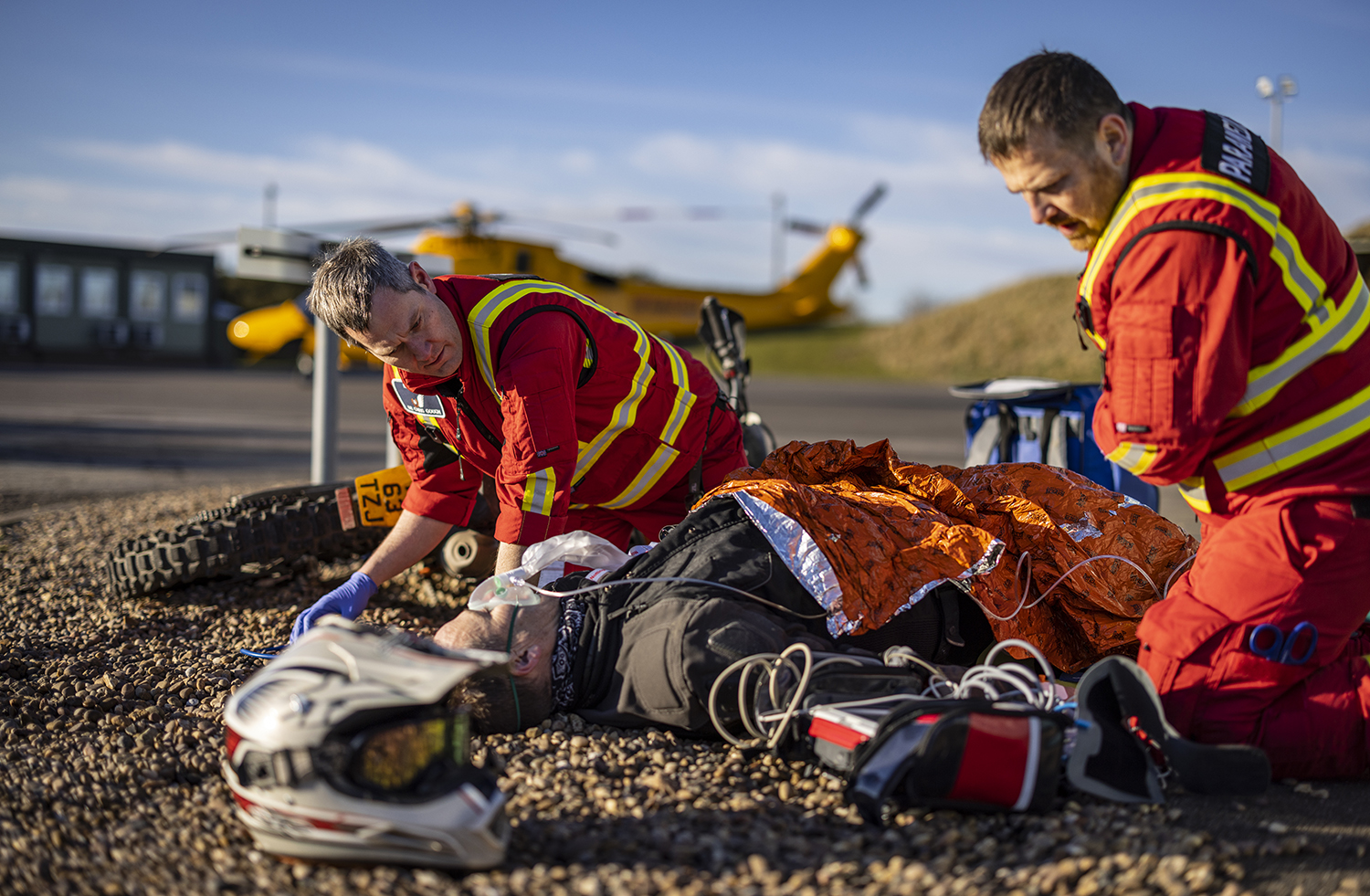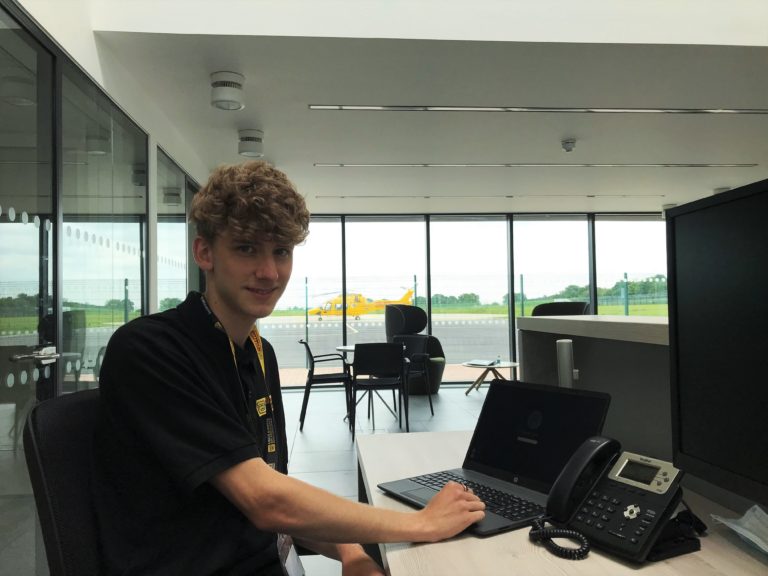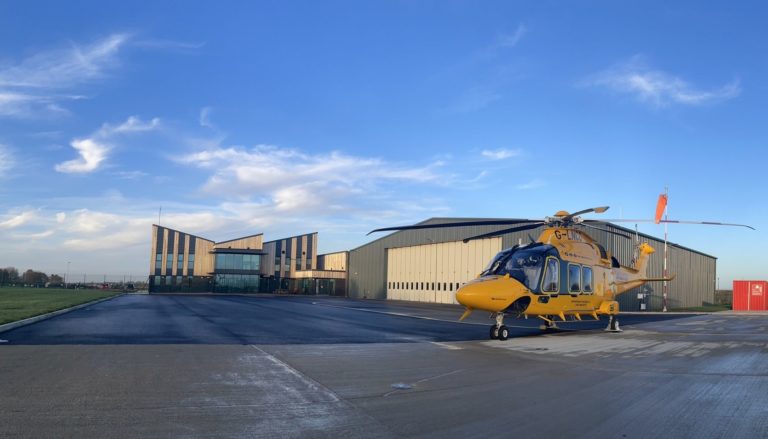A paramedics blog – keep your body and bike safe

A paramedics blog – keep your body and bike safe
Riding motorbikes and pre hospital medicine are two huge components of my life, which have consumed many years and hours of fun, excitement, challenges and some hard learnt lessons. This blog is not instructional, nor formal lessons. It is a collection of my professional experience doing what I love, I hope you find it useful to empower each other to become safer and better riders.
The Body – Hemorrhage control
Blood belongs inside the body, when it leaks out of where it’s supposed to be then it becomes a problem. Gaining control of bleeding is a life saving intervention and is one of the first actions medical professionals think about when treating a patient. If someone is bleeding the first thing to do is look for where the blood is coming from. It may be obvious and if so, then direct your attention to that location, however sometimes bleeding is more challenging to find. Look under items of clothing to inspect areas of the body, from the head to the toes including under the arms and the groin where appropriate. Other clues that may indicate severe bleeding include pale skin, being sweaty, fast breathing, fast heart rate and or confusion.
Once you have found the source of bleeding it needs to be stopped. There are multiple ways to achieve this however the easiest and initially most effective is applying direct pressure. Place a sterile or clean cloth over the wound and apply pressure, directly onto where the blood is coming from. Get the patient to apply direct pressure with the palm of their hand or the tips of their fingers if they can, if not you will have to do this. This will compress the leaking blood vessels and help the body form a clot, keep the direct pressure on for as long as possible and wrap with a bandage. If possible, raise the wound above the level of the heart to reduce the pressure on the damaged blood vessel.
Control of bleeding can be challenging, there are more techniques in addition to direct pressure that can be used such as a tourniquet if you are competent, however the use of these require training for them to be effective. Gaining control of bleeding will give the patient the best chance until emergency services arrive. Find a course that suits you and learn more!
The Bikes – Tyres
Tyre pressure, an underrated and often forgotten aspect of going for a ride. Some modern bikes have the ability to monitor tyre pressure while on the move, most older bikes don’t. If your bike isn’t handling as it did, or you feel there’s something just not quite right a good place to start is the contact between yourself and the road.
Tyres, rubber, shoes, call them what you will, however the 50p-ish, size contact point that connects you and the bike to the tarmac are worth some thought. Like bikes, they come in all shapes and sizes. Tread patterns are designed for specific purposes, knobbies for the dirt bike and slicks for the track bike. However, the majority of people commuting or touring will have a road tyre. These also come in an array of designs but the two most common components that differ are the tread pattern and compound. The tread on the tyre is designed to remove water out and away from the bike and the surface while keeping you adhered to the road. As tyres are used ware markers will become visible indicating the life of the tyre is approaching. In the UK the tread depth for bikes over 50cc is 1mm for ¾ of the surface of the tyre and visible tread for the remaining ¼. Tyre compound vary from hard to maximise miles, to soft for maximum grip in corners. There are also combinations of the two with dual compound tyres that achieve the best of both worlds however no tyre is perfect.
New tyres make a bike feel alive again ‘scrubbing them in’ over the first miles of its life span allow the tyre to bed into the rim and to scuff up the surface rubber to create a fresh contact point for maximum adhesion. Motorcycle tyres are designed to handle the power and torque from the engine and lateral force in corners, dissipate heat, and share the wear and tear of friction from road surfaces. The rear tyre is usually wider as it is coping with most of this for longer periods of time.
Having the correct pressure in your tyres will not only make the bike handle as it should, but be more fuel efficient. Tyre selection however is more of a black art, people will have their subjective view and what they are happy with. Regardless of what tyre you have, know what pressures it should have, and know how to fix a puncture!
Ride safe and have fun
Cheers, Mick.


